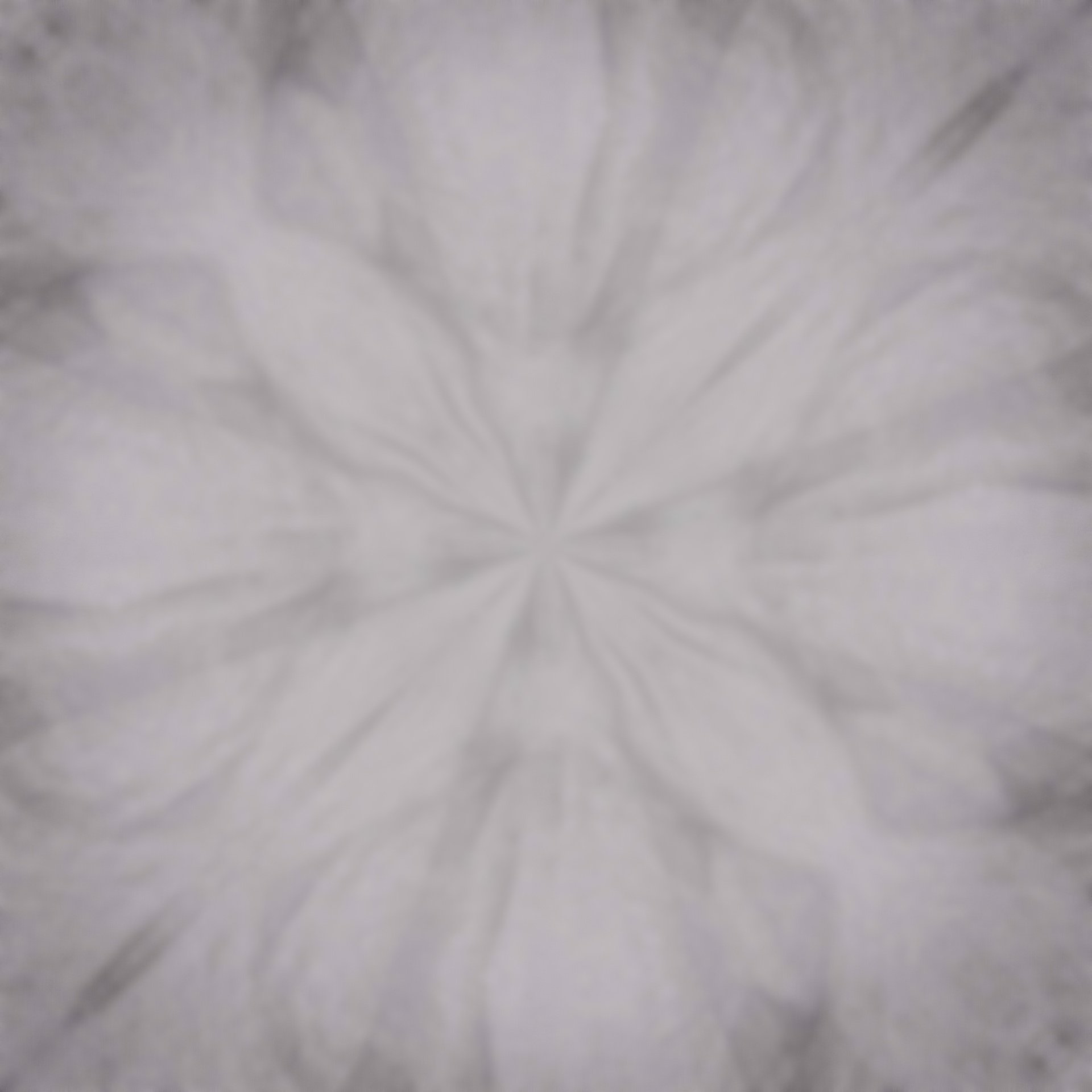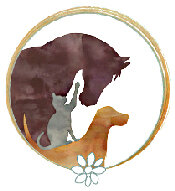Osteopathy
Not just another manual therapy
Osteopathy is a gentle, respectful, hands-on system of diagnosis and treatment with the end goal of restoring optimum mobility, vitality and health to the body. It quickly gets to the root cause of many physical ailments thus addressing the secondary symptoms and the original cause together. Improving joint motion and bringing ease and freedom to all parts of the body is effectively and efficiently done because the focus of osteopathy is on the entire body….spinal column, cranium, all joints, internal organs, internal membranes and connective tissues (fascia, ligaments, tendons), nervous tissue and all the fluids of the body (blood, lymph and cerebrospinal fluid.)
The word “osteopathy” comes from two Greek words meaning bone (‘osteo’) and dysfunction (‘pathos’). The founder of osteopathy, Dr. Andrew Taylor Still (1828 – 1917), chose this name to highlight how the structure of the skeletal system is vital to the proper function of all the body’s systems. Misalignment of bones along with affecting joint motion can cause dysfunction in other areas of the body. As with other holistic therapies osteopathy recognizes the innate healing of the body…the ‘inner physician or doctor’. A therapist does not do the healing; they only facilitate the inner wisdom of the body to heal itself. We are all hard-wired for total health!
“To find health should be the object of the doctor. Anyone can find disease.”
Osteopathy recognizes the unity of the body more than almost any other body therapy.
Internally there is a continuity of the body from one end to the other via fascia or connective tissue, therefore tension in one area of the body can affect a different area. Treating a tight jaw can help issues with the shoulder and pelvis. Treating a restriction in the liver and diaphragm can improve motion in the neck, shoulder, local ribs and spine.
Osteopathy also recognizes that the optimum flow of fluids in the tissues (blood and lymph) is critical to good health. When blood and lymph flow freely, the tissues (muscles, nerves, fascia etc.) work as they should. With injury or other kinds of trauma the tissues contract, twist and compress. The fluid flow becomes obstructed. Tiny areas of poor blood flow and poor fluid drainage result. These areas are considered to be a significant underlying cause of poor healing and disease. All structures have to move in harmony with each other to achieve wholeness and overall health.
“The disease is often a result of mechanical obstruction to the normal flow of fluids and nerve activity. The rule of the artery is absolute, universal, and it must be unobstructed, or disease will result.”
Osteopathic techniques involve diagnosis
and treatment with a light touch approach.
Osteopaths and craniosacral therapists employ ‘listening’ with the hands. This is an advanced skill with highly-trained hands that are sensitive enough to detect places of greater tension, density and disturbance anywhere within the body. Each body has its own story to tell and the body never lies. Listening hands are a witness to the individual’s story and they treat the body from a neutral, non-judging space. Specificity with the hands along with detailed knowledge of anatomy leads to more effective treatments and more efficient…the end result can be faster results with fewer treatments that can last a long time.
“The osteopathic physician removes the obstruction and lets Nature’s remedy…arterial blood…be the doctor.”
Life is not a straight line….and whether it is a human, horse, dog or cat….the stresses and strains of life accumulate in the body. These can be birth issues, slips, falls, injuries, occupational stresses, infections, inappropriate diet, surgical adhesions and emotional and mental stress. The body is shaped by everything that happens to it. It contains the history of every event experienced, no matter how long ago. Every incident, every injury and illness is laid down in the tissues of the body and can be evaluated and treated by listening hands.
Symptoms do not appear until the body’s ability to compensate has been used up. It is only when we can no longer compensate for all our stresses that symptoms of pain and discomfort start to show up. This is the reason why technically everyone, animals and humans, are candidates for osteopathic treatments. The spectrum of treatment involves everything from prevention of future injury to addressing advanced pain and dysfunction in the body.
“Remove all obstructions, and when it is intelligently done, nature will kindly do the rest.”
Osteopathic treatments can accelerate healing, decrease pain, increase strength and range of motion, improve sleep and other physiological functions (digestion, reproduction, hormones etc.) and enhance function and athletic performance. Treating symptoms may bring temporary relief but is often futile for providing long term results. For example back pain may be the present symptom but the original cause may have been birth trauma causing restrictions in the base of the skull bones or something completely different such as digestive disturbance affecting nerve flow back to the spine.

The 3 Pillars of OSTEOPATHY
Effective treatment is a blending of
these 3 approaches.
Visceral Manipulation (VM)
‘Viscera’ is any internal tissue so this includes hollow organs: stomach, intestines, bladder and solid organs: (liver, kidney, etc.), ligaments, tendons and other fascia or connective tissue around organs and joints, and lastly: nerves, blood and lymph vessels. All major organs are ‘tethered’ or attached to other structures to maintain order and proper function. If an organ is too tight because of trauma, surgery, inflammation, stress etc., then that affects the other structures it is attached to along with its nerve flow returning back to the spinal cord. If an organ is not functioning at 100%, like a stomach ulcer in a horse, then the altered nerve flow returning to the spine causes a loss of normal mobility of that segment of the spinal column.
Osteopaths have discovered that at least 50% of joint restrictions in the spine, pelvis and shoulders can be coming from organ issues (too tightly attached or not working at 100%). This is the fundamental reason for chiropractic adjustments to have a very temporary response since the root cause of many joint restrictions are actually not at the joint level but are further away at the organ level.
The goal of VM is to release excessive mechanical tension around any organ thus improving its mobility, nerve function and blood flow in the area. Techniques include direct, gentle mobilization and more passive ‘listen and follow’ fascial releases.
Craniosacral Therapy (CST)
Craniosacral therapy is a non-invasive, light touch manual therapy that facilitates self-repair mechanisms of the body to release physical restrictions in the membrane system around the brain and spine and resolve fascial tensions anywhere in the body. It helps resolve trapped mechanical tensions and accumulated life stresses that underlie patterns of disease and dysfunction in the body. The end result is much greater freedom and mobility in the body, a higher level of vitality and a balancing of the nervous system. Craniosacral techniques are also commonly used anywhere in the body because the light touch approach can facilitate self-correction of tight fascia anywhere in the body: around organs, joints, blood vessels and entrapped nerves.
The protective membrane system around the delicate, soft brain and spinal cord is called the dura mater (which means ‘tough mother’ in Latin!). It is tough with very little stretch and is firmly anchored only to the cranium, upper neck and sacrum and tailbone area…if it was tethered everywhere there would be no flexibility or bend in the spine. It encases the spinal fluid and supports a subtle rhythmic movement of cerebrospinal fluid that moves out of the brain and down to the spinal cord and nerves. The dura has very high tensile strength… research has shown that human dural tissue dissected out of a spinal column of a cadaver can literally suspend the weight of a small car, like a VW bug! A tractor could probably be hung from a horse dura and a motorcycle could probably be suspended by the dura from a dog spine (all speculation only…never proven).
With light touch, the mere weight of nickel (5 grams of pressure), trained hands can detect excessive tension in the dura and by being present to this tension the body starts to release the tension by itself.
“It is so gentle and slow that some say it’s like ‘watching paint dry’! ”
CST stimulates the self-correcting mechanisms of the body releasing tension of spinal bones and nerves and optimizes the flow of fluid. This improves mobility of the neck and back and nerve flow to organs. With precise technique it can essentially replace chiropractic adjustments of vertebrae. Dr. Taylor believes that the tissues of the body prefer the customized, gentle, 'less is more' indirect approach of CST over high velocity, low force, adjustment thrusts.
Manipulation of Joints & Spine = adjustments
There are various techniques to restore normal range of motion to the spinal vertebrae, ribs, jaw, and joints of the limbs. Osteopathic approaches can be either direct via slow, gentle, long lever manipulations or via numerous indirect techniques such as strain/counter-strain, balanced ligamentous tension technique and many others.
Spinal / joint manipulation is where a chiropractic approach both begins and ends. The whole body approach of osteopathy tends to address root causes of spinal fixations (e.g. visceral causes) thus can lead to faster and longer lasting resolution of musculoskeletal and other health issues.




